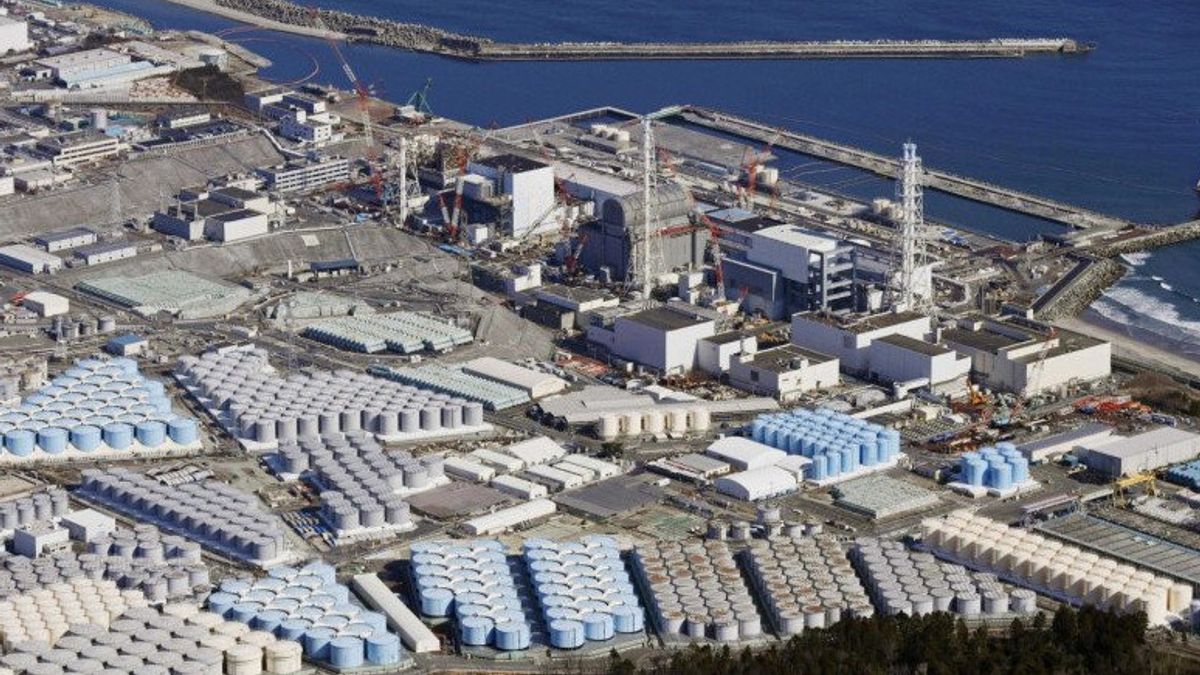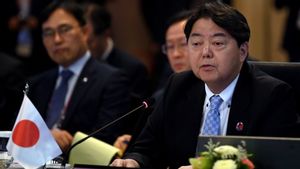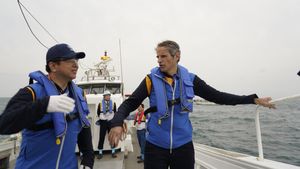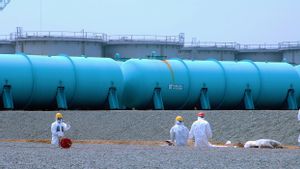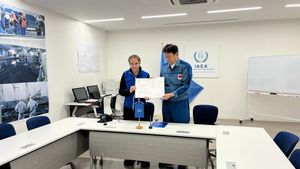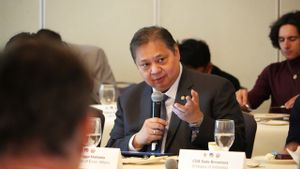ToKYO - Prime Minister Fumio Kishida will meet with Japan's head of the national fisheries federation, possibly at the end of July, aiming to propose a government plan to release processed radioactive water from the Fukushima power plant. Quoted by ANTARA, Sunday 16 July, the meeting will be a series of steps by the government to determine when to start disposing of the water into the Pacific Ocean. So far, the government said it would do so "around summer" when concerns arise among fishermen about the potential adverse effects of disposal on their business. Masanobu Sakamoto, head of the national federation of fisheries cooperative known as JF Zengyoren, has maintained its group's rejection of water disposal, considered an important step in efforts to clean up at the Fukushima Daiichi plant, which was hit by a major earthquake and tsunami in 2011. However, after meeting with Economy, Trade and Industry Minister Yasutoshi Nishimura on Friday, Sakamoto said that he could "recognize to a certain extent of scientific security" of the plan. Currently, the Japanese Government is preparing to dispose of such (radioactive) water after the International Atomic Energy Agency (IAEA) issued a comprehensive report in early July that puts the plan "according" to international safety standards and assessed that the disposal had "negligible radioological impacts on humans and the environment." Kishida seems to conclude that direct talks with Sakamoto could provide several concessions from it. The government and plant operator of the Tokyo Electric Power Holdings Inc. made a promise in 2015 for Fukushima fishermen that they would not remove the underwater without getting "recognition" from stakeholders. Kishida seems to have a busy diplomatic schedule in the next few months. A large amount of radioactive water has been generated in the process of cooling the heated reactor material at the nuclear complex Fukushima Daiichi.
VOIR éGALEMENT:
The water is processed at processing facilities to remove most contaminants, except tritium, and stored in tanks installed at the site. However, the tank's capacity is full and feared continuous buildup of water could hinder the development of reactor deactivation unless dumped into the sea.
The English, Chinese, Japanese, Arabic, and French versions are automatically generated by the AI. So there may still be inaccuracies in translating, please always see Indonesian as our main language. (system supported by DigitalSiber.id)
